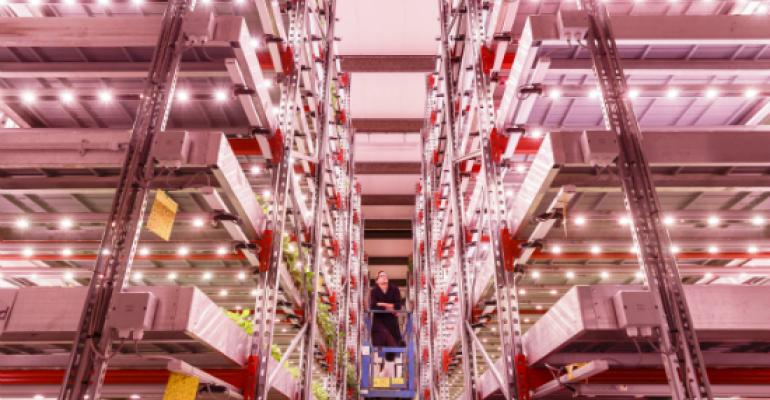Desihristova
I have been wondering about how organic farming compares to vertical farming in terms of environmental impact and cost of production?
An important question, since vertical farming is being positioned as some kind of solution to our food system woes. And it’s true it cuts out pesticides, has a tiny water footprint and can produce things like salad closer to city consumers taking the pressure off drought-stricken areas (and big veg producers) like southern Spain. But a recent report placed a rare spotlight on the slightly exaggerated sustainability claims of vertical farming. One of the report authors said vertical farms are often relying on vague claims when it comes to the environmental impact of their operations. This is perhaps due to the high stakes involved, another author said. When vertical farms cost anywhere upwards of £10 million to produce food at scale, and when environmentally-friendly food is of such high interest to consumers, these farms can’t afford to be perceived as anything other than completely sustainable. But they’re certainly gaining attention and funding – look out for our special report on vertical farming where we look into some of these pros and cons in more detail as part of our new series on Sustainable Cities, launching in February. Cost of production is also inevitably high, given the high costs of infrastructure and energy – probably why produce grown in vertical farms is usually sold at a premium to chefs at high end city restaurants. For example, energy use can be on average 100 times more than traditional agriculture, as these farms rely completely on artificial light.
When it comes to organic, the main difference here is that organic farms are at the center of a thriving, mixed ecosystem, often harboring up to 50 per cent more (if not more) wildlife than non organic farms due to not using harmful chemicals. Soils are fertile, supporting abundant microorganisms, and retaining good structure, which reduces flood risk and holds moisture, not to mention storing carbon. There is also growing research into the huge benefits of healthy soil, with an interesting correlation to a healthy gut. Then there’s the social aspect – a thriving organic farm, where more workers are required due to more jobs needed on weeding over chemicals, can be part of a thriving local economy, connecting people with their food and if coupled with a good route to customers, thriving livelihoods for farmers. There is a growing movement that suggests people should be central to any vision of a sustainable food future and green transition, so this is probably one of the most distinct differences between vertical and organic farming. It’s fair to say there is merit in producing more in the UK where we can, while saving space for nature is also a valid aim. But with the huge sums of money invested in vertical farming, at the moment the sector seems more interested in lining the pockets of shareholders than finding its own place in the sustainable food landscape.
Nina Pullman, editor, Wicked Leeks
Get in touch to submit your question on social media @wickedleeksmag, or by commenting on this article. We will consider and select one question per month and put it to our team.

